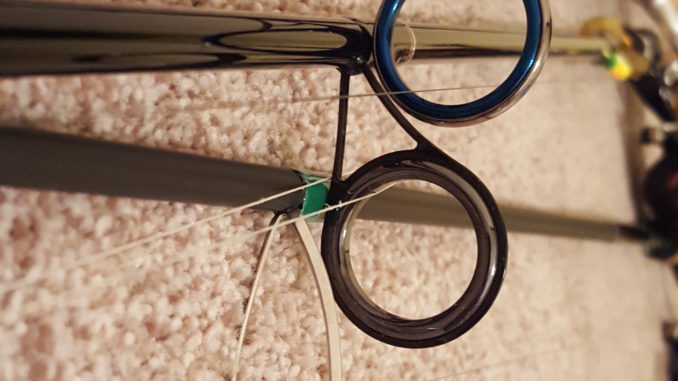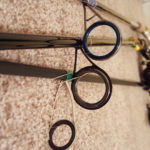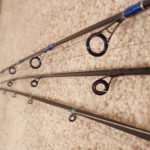
Carolina based rod maker went from mom-and-pop to worldwide player
After putting the smack down on some speckled trout recently, my fishing buddy was helping me get my fishing gear out of his boat when he asked me a question about one of my fishing rods that I immediately knew the answer to, even though I wasn’t looking in his direction or at the rod in question.
“Man, that’s a light spinning rod. What kind of rod is this?” he said.
“That’s an ALX BOKU rod, and they’re made right here in the Carolinas,” I answered, sure that he wasn’t talking about either of the other rods I’d brought.
I glanced up to see him looking at the rod carefully, mentally weighing it in his hand.
“Even with a reel on, this thing is really light,” he said. “What’s up with that first eyelet though? Looks a little small for a spinning reel. Does it cast okay?”
“It’s the one I was using when you bragged on my casting distance with the Z-Man Trout Trick. But that first eyelet, I know what you mean. It does look a little small in comparison to other spinning rods, but that’s all a part of what keeps that rod lighter, and it doesn’t have a negative impact on casting distance at all,” I said.
He’d asked me at a good time. I spent some time talking to Alex Dziengielewski, the owner and master rod builder of ALX Rods, this past fall. Alex is a gear junky, and can talk about rods for as long as you want. Just a short conversation with him can teach anyone a lot about fishing rods.
That first eyelet – the one closest to the reel – is normally a really big, oversized ring. But on the ALX Rods, it’s much smaller. Dziengielewski explained the reason for this, starting with why most spinning rods have such big eyelets in that position.
The overwhelming consensus on that first eyelet has always been that it needs to be bigger to capture the line as it comes off a spinning reel, which is much different than the way line comes out of a baitcasting reel.
“But actually, it’s not the size of that first ring that’s important. It’s that the ring is in a straight line to the reel. So as long as you still stand it away from the rod the right distance, you can cut down the size of that ring, which is one step in reducing the overall weight of the rod without impacting its performance,” Dziengielewski said.
And that first eyelet isn’t the only one that’s smaller than those on most rods. When compared to other spinning rods of the same size from other rod manufacturers, those on ALX Rods are smaller all the way to the tip. They rival the small size of microguides on baitcasting rods. And all of that adds up to ounces in weight savings, and in rods that are measured in ounces, these small details make a big difference.
Other weight-saving measures include using as little paint as possible on ALX’s several rod models, including some very technique specific rods, such as the Toadface, which is specially designed for fishing artificial frogs.
“Most of our rods are just the natural color of the blank. On the ones we do use paint, we use a very thin layer,” he said. “With every coat of paint, a rod becomes heavier and stiffer, so the less paint your rod has, the lighter and less stiff it will be.”
Dziengielewski began making his own rods years ago when he decided to start fishing in bass tournaments. But as soon as he had a handful made, fellow anglers were asking to buy them from him. What started out as a hobby quickly became a “mom and pop” operation, and almost just as quickly became much bigger. ALX Rods recently moved into a building more than twice the size of its old home.
Quality control is also a big factor in producing top-of-the-line fishing rods, and Dziengielewski is able to keep a close watch on that as he oversees the daily operation of ALX Rods, which has gone from a favorite among bass anglers in the Carolinas to being recognized (and shipped) world-wide as a top rod manufacturer. Click here for more information on ALX Rods.




Be the first to comment